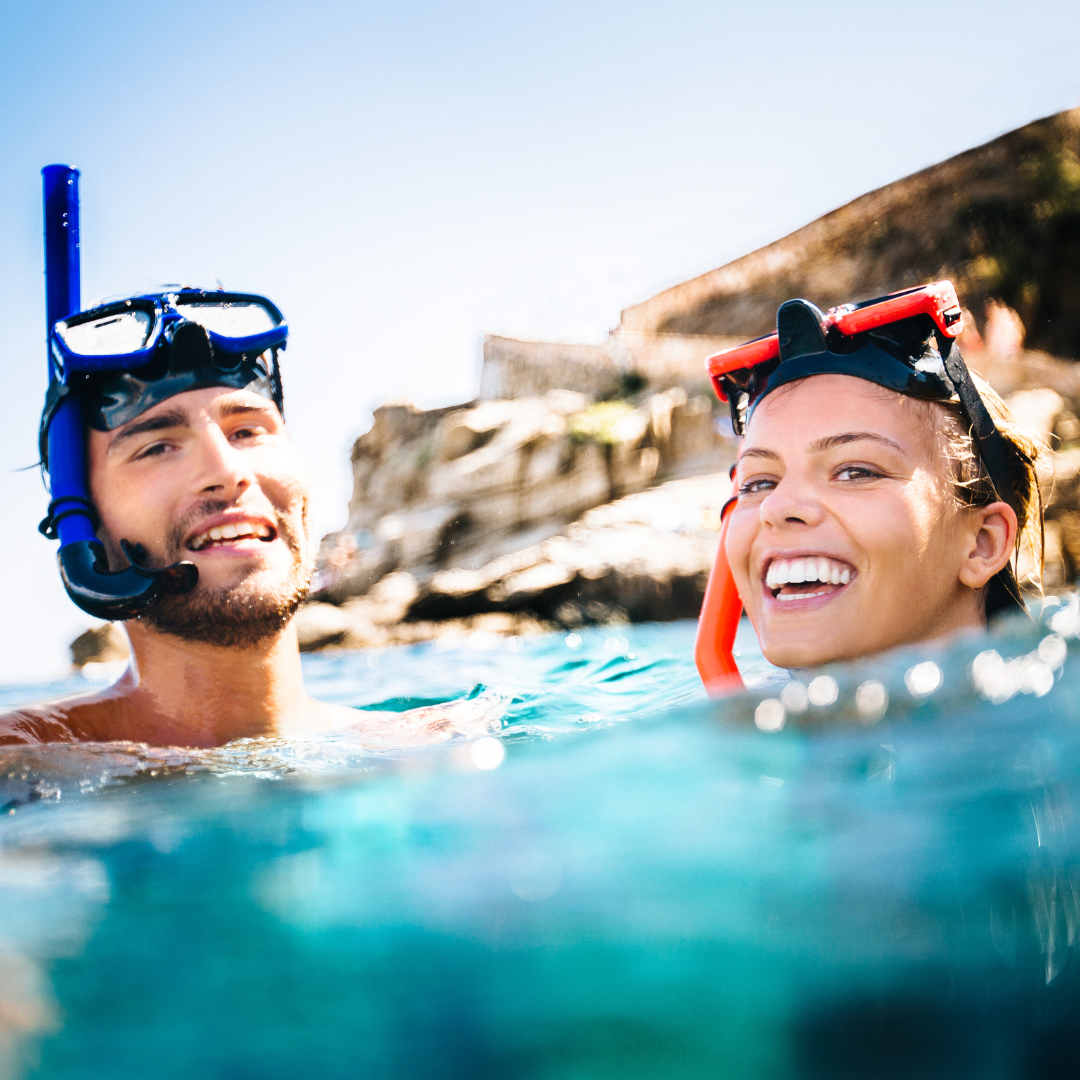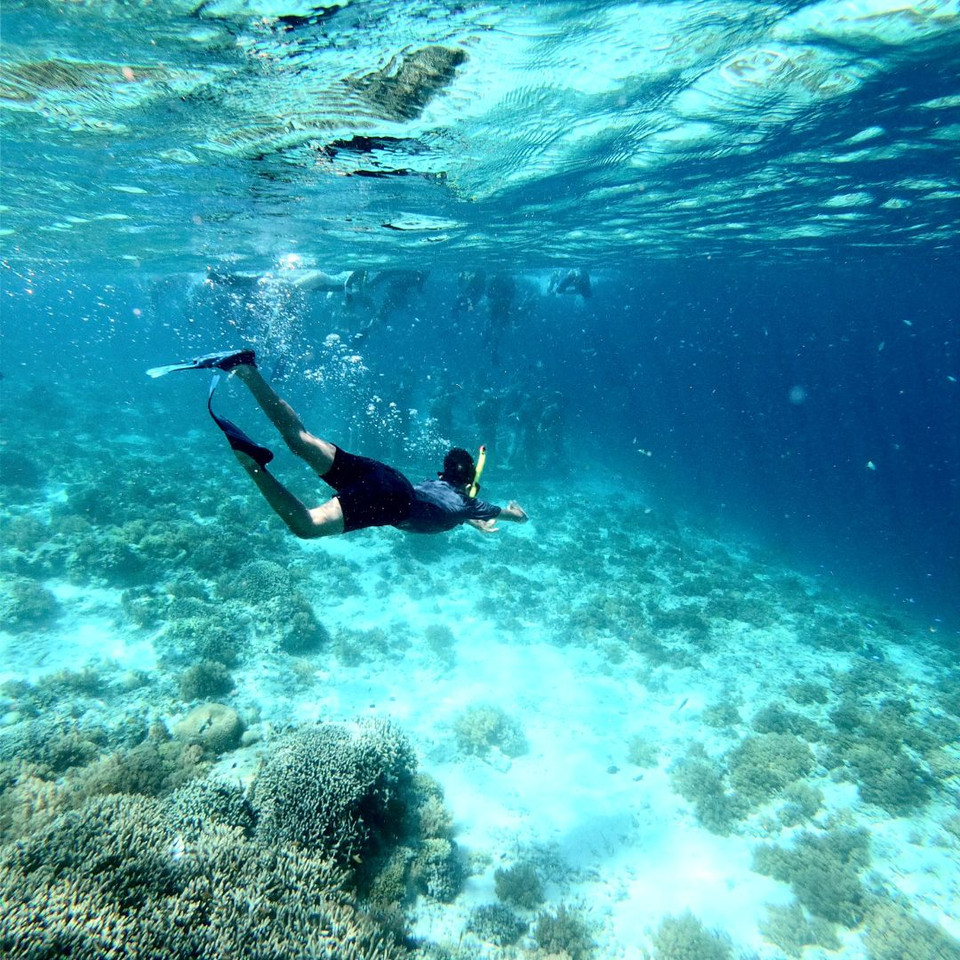What not to Touch When Snorkeling
The underwater world is a mesmerizing spectacle, teeming with vibrant coral reefs, playful fish, and fascinating creatures. While the urge to reach out and touch everything you see might be strong, it's crucial to resist for the sake of both your safety and the delicate marine environment.
This blog post will guide you through what to avoid touching while snorkeling. By understanding the potential risks and consequences, you can ensure a safe and responsible snorkeling experience.
Hidden Dangers: Marine Life to Observe, Not Touch
While most marine life appears harmless, some creatures can pack a powerful punch, even if they look cute or unassuming. Here are some specific examples to keep in mind:
- Corals: Coral reefs are the vibrant heartbeats of the underwater ecosystem. They're not actually rocks, but living colonies of tiny polyps. Touching coral can damage their delicate bodies, leaving them vulnerable to disease and hindering their growth. Enjoy the beauty of coral reefs from a distance and use your fins responsibly to avoid kicking them.
- Fish: Many fish species have venomous spines or fins that can cause painful stings. Even seemingly friendly fish like pufferfish can inflate themselves with toxins as a defense mechanism. Admire the fish from afar and avoid chasing or harassing them.
- Invertebrates: The ocean floor is teeming with fascinating invertebrates like sea urchins, jellyfish, and nudibranchs. Sea urchins have sharp spines that can cause painful punctures, while jellyfish stings can range from mild irritation to life-threatening allergic reactions. Nudibranchs, often known as sea slugs, come in vibrant colors, but some species have toxic secretions to ward off predators. Observe these creatures from a safe distance and avoid touching them.

Beyond the Obvious: Protecting the Entire Ecosystem
- Maintaining a Healthy Ecosystem: Touching anything underwater can disrupt the delicate balance of the marine environment. Coral reefs, for instance, rely on specific algae living within their tissues for survival. Touching or scraping the coral can disrupt this symbiotic relationship and weaken the reef.
- Unwanted Encounters: Some marine creatures may interpret your touch as a threat, leading to aggressive behavior. Eel morays, for example, can deliver nasty bites if they feel cornered. Maintain a safe distance from all marine life and allow them to go about their business undisturbed.
- Respecting the Local Regulations: Many snorkeling locations have designated areas and specific regulations to protect the marine environment. Familiarize yourself with the local rules before entering the water. These regulations might restrict touching certain species or prohibit disturbing the seabed.
Understanding what not to touch extends beyond protecting yourself from potential injuries. Here are some additional points to consider:
By following these guidelines, you can ensure a safe and responsible snorkeling experience. Remember, the underwater world is a privilege to explore, not to exploit. By observing marine life with respect and avoiding touching anything, you can help preserve the beauty and wonder of our oceans for generations to come.
Prescription Swim Goggles – Sports Goggles – Ski Goggles
LEADER IN PRESCRIPTION GOGGLES AND GLASSES
Kids RX Swim Goggles – Adult RX Swim Goggles – Prescription Sports Goggles - RX Ski Goggles
Recommended Products
-

-

Snorkel Mask with Camera Mount - White Turquoise (Prescription Available)
201446509-3256805221118972WhiteTurquoise
US $59.95 -

Snorkel Mask with Camera Mount - White Black (Prescription Available)
201446509-3256805221118972WhiteBlack
US $59.95

 Canadian Dollar (CAD)
Canadian Dollar (CAD)
 Euro (EUR)
Euro (EUR)
 British Pound (GBP)
British Pound (GBP)







